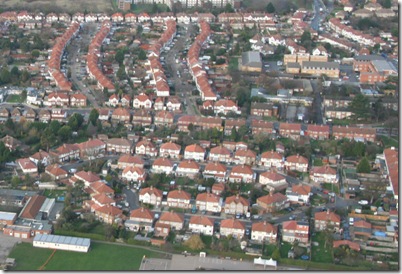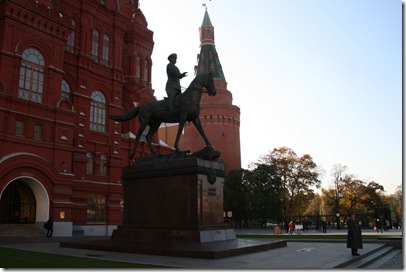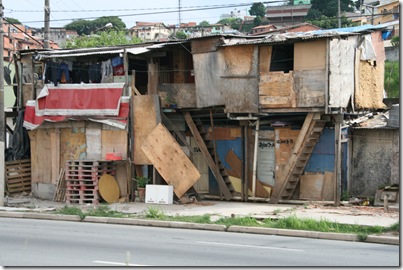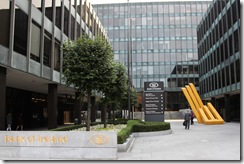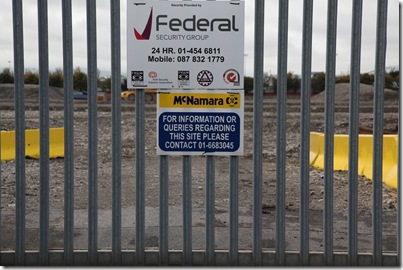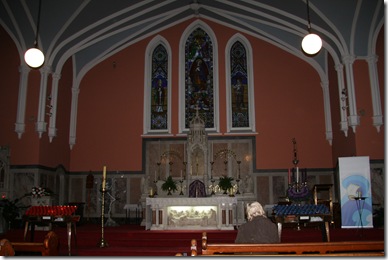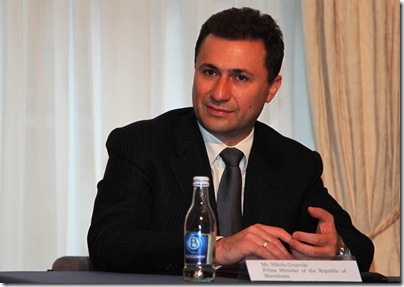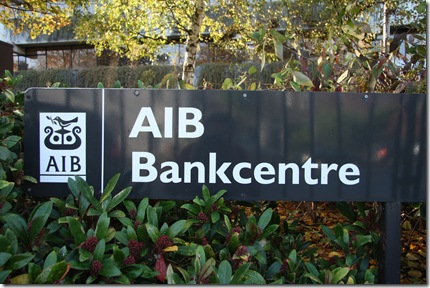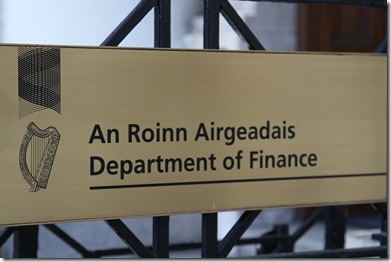 WHEN I was learning history by rote at a Christian Brothers school in Dublin over 40 years ago I never anticipated that I would be attending a party to celebrate the birthday of His Imperial Majesty, the Emperor of Japan. It is also almost 20 years since his accession to The Chrysanthemum Throne, the oldest continuing hereditary monarchy in the world (from 660 BC) and this was also celebrated. But His Excellency, Toshinao Urabe, the Ambassador of Japan in Ireland played the role of a gracious and genial host to an interesting cross section of the great and the good last Tuesday evening at his elegant Foxrock residence.
WHEN I was learning history by rote at a Christian Brothers school in Dublin over 40 years ago I never anticipated that I would be attending a party to celebrate the birthday of His Imperial Majesty, the Emperor of Japan. It is also almost 20 years since his accession to The Chrysanthemum Throne, the oldest continuing hereditary monarchy in the world (from 660 BC) and this was also celebrated. But His Excellency, Toshinao Urabe, the Ambassador of Japan in Ireland played the role of a gracious and genial host to an interesting cross section of the great and the good last Tuesday evening at his elegant Foxrock residence.
Emperor of Japan
Emperor Akihito was born on 23 December 1933 and became Crown Prince on 10 November 1952. His father, Emperor Hiroito died on 7 January 1989 and he acceded on 10 November 2000 as the 125th emperor. The Emperor of Japan is the only head of state in the world today accorded the title ‘emperor’. He is head of the Japanese Imperial Family and also of the Shinto religion.
He married Empress Michiko on 10 April 1959 and they have two sons. The older son, Crown Prince Naruhito, born 25 February 1960 has a daughter, who is ineligible to succeed to the Throne. But the wife of their second son, their second son, Prince Akishino born 30 Nov 1965 gave birth to a son, 6 Sep 2006 Prince Hisahito, their 3rd child, on 6 September 2006 meant that succession by the male line to the Throne was assured after a gap of 41 years.
The Emperor of Japan had been considered an all-powerful spiritual and temporal leader from the time of the Meiji Restoration in 1868 until the Japanese surrender that ended World War II,
The Imperial Japanese Armed Forces spent the first half of the twentieth century conquering vast swathes of Asia, fighting the Russians and the Americans, and threatening Australia and New Zealand. A new Steven Spielberg television mini-series created in Australia titled The Pacific which chronicles this will become available in the New Year and will feature my son Stephen playing the part of a US marine on the Japanese coast. Japan’s defeat in 1945, however, prompted Emperor Hirohito was forced to renounce his divine status, as well as all direct political power.
According to the Constitution of Japan, Akihito is a "symbol of the state and the unity of the people, deriving his position from the will of the people with whom resides sovereign power."
The Emperor of Japan has official duties that include receiving foreign dignitaries, awarding decorations to Japanese citizens, convening the Diet, and officially appointing the Prime Minister as selected by the Diet.
This narrow scope leaves Akihito with a lot of free time to pursue hobbies and other interests. He typically rises at 6:30 every morning, watches the news on television, and then goes for a walk with the Empress Michiko around the Imperial Palace in downtown Tokyo.
If the weather is unpleasant , Akihito drives in his 15-year-old Honda Integra. Reportedly, he obeys all traffic laws even though the roads in the Imperial Compound are closed to other vehicles, and the Emperor is exempt.
The mid-day is filled with official business: greeting foreign ambassadors and royalty, handing out imperial awards, or performing his duties as a Shinto priest.
If he has time, the Emperor works on his biological studies. He is a world-class expert on goby fish, and has published 38 peer-reviewed scientific papers on the topic.
Most evenings include official receptions and banquets. When the Imperial Couple retires at night, they enjoy watching nature programs on TV and reading Japanese magazines.
Like most royals, the Japanese Emperor and his family live an oddly isolated lifestyle. They apparently have no need of cash, they never answer the telephone, and the Emperor and his wife are said to avoid the internet. All of their houses, furnishings, belong to the state, so the Imperial Couple do not own any personal belongings.
The true role of the current emperor of Japan seems to be two-fold: to provide continuity and reassurance to the Japanese people, and to apologize to the citizens of neighbouring countries for past Japanese atrocities.
Emperor Akihito has made particular efforts to repair relations with adjacent countries such as China, South Korea, and the Philippines. Emperor Akihito has visited Ireland twice ~ in 1985 as Crown Prince and in May 2005.
Ambassador Urabe
 Toshinao Urabe (59) became Ambassador to Ireland on 30 January 2008 along with the Ambassadors of Ukraine, Vietnam and Bujina Faso
Toshinao Urabe (59) became Ambassador to Ireland on 30 January 2008 along with the Ambassadors of Ukraine, Vietnam and Bujina Faso
He graduated from Hitotsubashi University (BA: Law) and joined the Ministry of Foreign Affairs in 1974. After two years of language training in France, he joined the Japanese Embassy in Cairo as Third Secretary in 1977 and observed President Sadat pursue his peace detente towards Israel.
Returning to Tokyo in 1979, he participated in the organisation of the first Tokyo summit in 1979 and the second in 1986 before being appointed Deputy Chief of Mission in the Embassy in Colombo.
In 1988, Ambassador Urabe returned to Tokyo as Deputy Director for Policy Co-ordination of the Minister’s Cabinet and was involved in the coordination of the Ministry’s response to the collapse of the Berlin Wall and the first Gulf War.
After a brief Directorship at the Oceania Affairs Division from November 1990, he was called in at short notice to serve as Private Secretary to the Vice Minister for Foreign Affairs in July 1991. He was subsequently posted in Canberra in 1993 and Bangkok in 1996, during which time he observed the evolution of the economic crisis of 1999.
He again returned to Tokyo in 1988 and was promoted to Director of Financial Affairs of the Minister’s Cabinet. In 2000 he was appointed Consul General in Atlanta where he observed the election of President George Bush and 9/11.
In 2002, while serving in Seoul as Deputy Chief of Mission, he focussed on bilateral relations while keeping an eye on the presidential election and the North Korean issue.
Urabe was posted to Paris in 2005 as Deputy Head of Mission and observed the transition from President Chirac to President Sarkozy.
